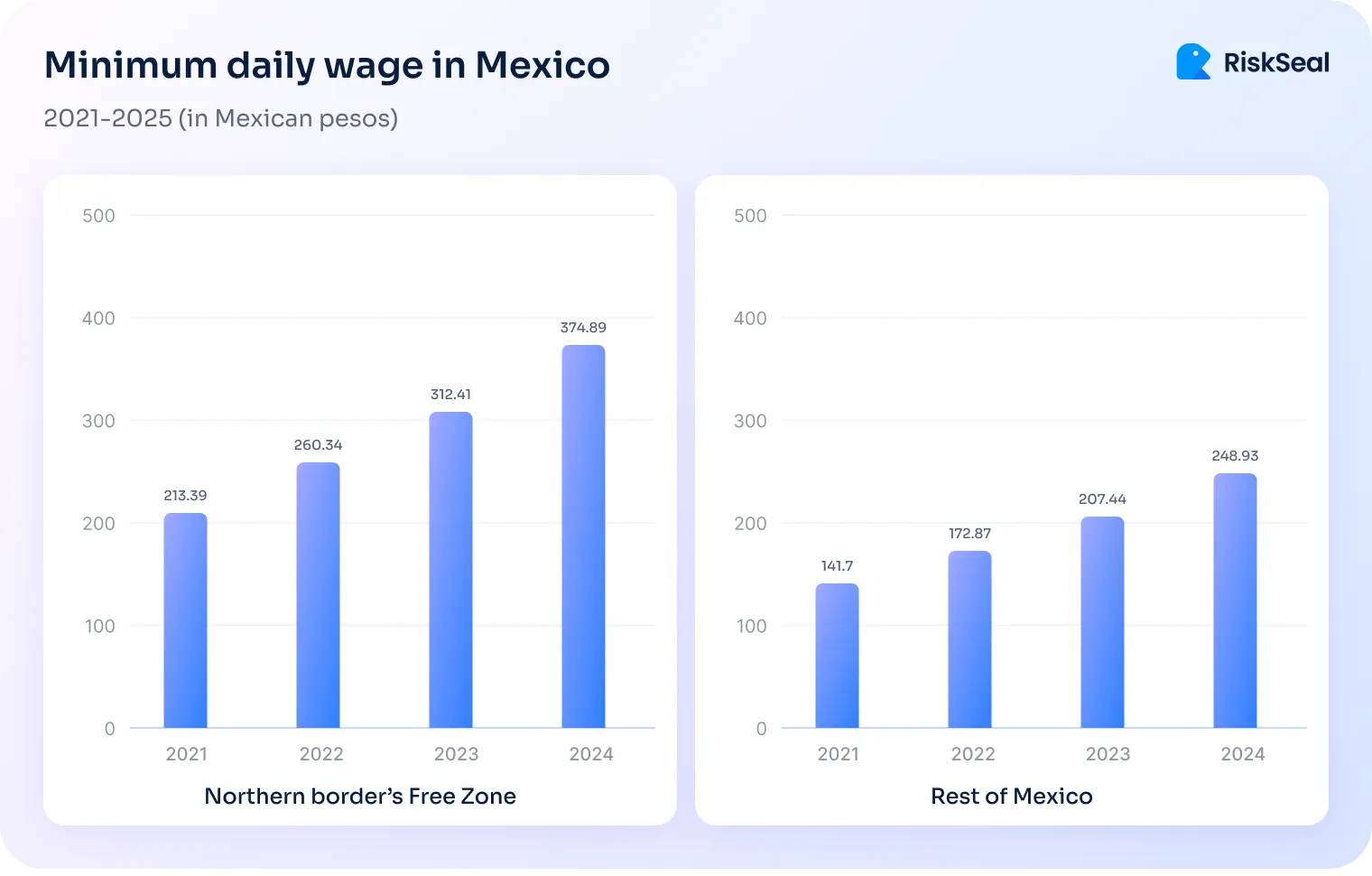Discover credit invisibles and how alternative scoring helps lenders assess borrowers without traditional credit history.

Credit institutions that use traditional scoring models to assess borrowers eventually face certain difficulties.
These difficulties arise because there are several categories of people worldwide with a thin credit file, meaning insufficient or no credit history. These individuals are referred to as credit invisibles.
Credit invisibility refers to the lack of financial information about a person in credit bureaus. These individuals typically do not have bank accounts and have never applied for credit.
How is this possible in a progressive society? There are several possible reasons for the absence of a credit history.
1. It is due to developing markets with weak financial inclusion. In developing countries, a large portion of the population is not covered by banking services. For example, in Mexico and Nigeria, more than 60% of people fall into this category:

This problem also exists in developed countries. However, the number of unbanked and underbanked individuals is significantly lower there.
For example, in the United States, only 13% of the working-age population does not have bank accounts.
2. Some people simply haven't had the time to build a credit history due to their young age.
3. Another category of people that can be considered credit invisibles are recent immigrants who have no experience with local banking institutions.
Among credit invisible people, there is a large percentage of creditworthy individuals. They are of interest to lending institutions, as they can be granted credit that they are highly likely to repay.
We can prove the validity of this statement using Mexico as an example.
According to statistics, cash is the preferred method of payment for 82% of the country's population. Moreover, 63% of residents do not use banking services at all. This means the level of financial inclusion is extremely low.
At the same time, the employment rate in the country is 97.6%, and the average salary increases year after year. In some areas, it reached a record 374 Mexican pesos (18 US dollars) per day in 2024.

A huge potential for credit institutions, isn't it?
To tap into it, it's not enough to rely solely on traditional information about potential borrowers. The solution for lenders is to turn to digital credit scoring platforms that leverage alternative data.
Alternative data refers to all the information about potential borrowers, except for the data contained in credit bureaus.
This includes information on utility or rent payments, data from mobile operators and internet providers, as well as digital footprints. In other words, it refers to information left online as a result of user activity.
Digital footprints are considered one of the most informative sources of data for alternative credit scoring.
After all, there are 5.4 billion internet users worldwide. This means that digital footprints can provide information about 67% of the global population.

Here are the types of alternative data that become available in the process of credit decisioning with digital footprint analysis:
Information about registered messengers and the inclusion of the number in blacklists also becomes available.
For example, you can estimate the age of the email account, track online accounts registered with it, and detect data leaks or spam distribution.
An enhanced credit scoring model allows for the creation of a complete borrower profile, including an objective assessment of their financial situation.
For instance, financial stability can be indicated by the presence of paid subscriptions, use of premium services, and devices. At the same time, a decrease in subscription levels may signal potential financial difficulties.
Similar information can be gathered from e-commerce platforms. High income is often indicated by regular large purchases, while a large number of abandoned shopping carts or small installment purchases can be seen as a lack of funds.
Due to its informativeness, digital footprint analysis has become one of the main credit scoring trends in the modern financial market. It allows credit invisible people to become visible and expands the possibilities for credit institutions.